Danyang Ondaldonggul Cave (단양 온달동굴)
16.7Km 2025-12-15
23 Ondal-ro, Yeongchun-myeon, Danyang-gun, Chungcheongbuk-do
Ondaldonggul Cave is located underground at the foot of Seongsan Mountain, where Ondalsanseong Fortress is situated. It is a natural limestone cave that is estimated to have begun forming around 450 million years ago. The total 760 meter-long cave covers an area of 349,485 square meters. The cave mouth is two meters high, while the cave itself is 5 to 10 meters high and about 5 meters wide. The cave features stairway structure and contains an abundance of beautiful stalagmites and stalactites. The average temperature of the cave maintains 14 degrees Celsius in summer and 16 degrees Celsius in winter, making it a perfect all-year-round attraction. The cave is rich in underground water resources and there is a 0.8 to 1 meter-deep cave river flowing at the bottom of the cave floor. The cave also has over 40 small ponds that are inhabited by a variety of living organisms like fish and insects.
Situated on top of the mountain peak to the left of the cave is Ondalsanseong Fortress. The fortress has been preserved in its original form throughout some 1,400 years and shows the advanced building skills of Goguryeo Era (37 BC-668 AD). The annual Ondal Culture Festival is held every October around Ondaldonggul Cave and Ondalsanseong Fortress in memory of the legendary love story between General Ondal and Princess Pyeonggang. Other attractions in the area include a theme park and Jangseung (Korean traditional totem poles) Park.
JOGYUNDANG [Korea Quality] / 조견당[한국관광 품질인증]
16.8Km 2024-07-24
27, Gogaok-gil, Jucheon-myeon, Yeongwol-gun, Gangwon-do
+82-33-372-7229
Located in Jucheon-myeon, Yeongwol-gun, Gangwon Province, Jogyeondang (House of Kim Jong-gil) is a traditional “hanok” stay. The nine rooms of the house follow the traditional “hanok” format. Anchae, the inner building with nearly 200 years of history, is dignified and elegant as befitting of its age. The majestic rafters of the building were built from 800-year-old trees, and the “daecheongmaru” raised floor has a sheen from years of care. Sarangchae and Byeolchae, restored in 2007 and 2009, respectively, make up for their relative lack of historical weight with freshness and convenience. The Inner Sarangchae faces the Anchae and the courtyard, while the Outer Sarangchae connects to a space with floor tables, cushions, and bookcases for drinking tea or reading. Guests staying in the three rooms in the Outer Sarangchae and the Anchae Geonneonbang rooms must use a shared bathroom, while other rooms come with private bathrooms. The uniqueness of Jogyeondang lies in its extensive cultural program, which ranges from tea ceremonies to soirees in the historical building. The complex’s manager has many stories to tell about the history of the house and its construction. Breakfast is also available upon reservation and payment, and English and Chinese services are provided for international visitors.
Trouts House (평창송어양식장 (송어의집))
17.5Km 2024-02-19
19-4 Araetsangni-gil, Pyeongchang-eup, Pyeongchang-gun, Gangwon-do
033-332-0505
Trouts House is a unique establishment that combines a trout hoetjib with a trout farm. They meticulously maintain an optimal environment for trout farming, which yields fish with a chewy texture, free from any fishy aftertaste, and characterized by a delicate, clean flavor. The restaurant offers various trout dishes for guests to enjoy. Options include muchim where trout is mixed with vegetables, soybean powder, sesame oil, and minced garlic, and deopbap, where trout is served over rice. In addition to songeo hoe (sliced raw trout), their menu also features songeo gui (grilled trout), songeo twigim (deep-fried trout), and a dish with thistle rice.
Yoseonjeong Pavilion & Yoseonam Rock (요선정·요선암)
18.6Km 2022-12-28
13-39, Dowonunhak-ro, Yeongwol-gun, Gangwon-do
+82-33-370-2140
Yoseonjeong Pavilion is located in a valley with a clear stream water flowing below. Next to the pavilion is a large rock with the word Yoseonnam inscribed on it. During the Unified Silla period, there was a small hermitage where Yoseongjeong Pavilion stands today. The hermitage was frequented by monks Doyun and Jinghyo, who had founded Heungnyeongseonwon Temple on a foothill of Sajasan Mountain to teach the values and principles of Buddhism. Today, next to the pavilion is a small stone pagoda and a statue of seated Buddha.
Danyang Bobaljae Pass (단양 보발재)
19.2Km 2024-02-26
San 26-7, Baekja-ri, Yeongchun-myeon, Danyang-gun, Chungcheongbuk-do
Bobaljae Pass is located 540 m above sea level on the northern side of Sobaeksan Mountain. It is also known as Godeuneomijae Pass. The S-shaped curve is known for wildflowers in spring and fall foliage in autumn, so one can either take a leisurely drive along the road or park one’s car at the observatory and get some pictures. Guinsa Temple and Ondal Tourist Area nearby are also good to visit.
Namcheongyegok Valley (남천계곡)
19.3Km 2024-02-26
375, Namcheongyegok-ro, Yeongchun-myeon, Danyang-gun, Chungcheongbuk-do
Namcheongyegok Valley is located on the northern side of Sobaeksan National Park. The forest is preserved quite well because the valley is located deep within the mountain. Freshwater fishes can be found within the clear water of the valley. The lush plants and clear water in summer and the fall foliage in autumn present a beautiful view. Follow the small trails to find the Namcheon Campground, where one can enjoy camping deep in the forest.
Be, Bridge Pool Villa Resort (Selene) (비브릿지)
19.6Km 2024-12-19
2295-12 , Yeongwoldong-ro, Yeongwol-gun, Gangwon-do
+82-33-372-2000
Be, Bridge Pool Villa Resort is a pension in Kimsatgat-myeon, Yeongwol-gun, Gangwon-do. It consists of 7 Grand Pool Villa, two-storey detached building(Poolmoon Stay) for a couple. Each room in the pension has a private swimming pool. Grand Pool Villa rooms have a private garden and barbecue facilities. Some rooms have private spas: Full Moon Stay has duplex rooms with a spa on the 1st floor and individual terrace rooms on the 2nd. There is also a children’s sandpit, a sledding area, and a heated outdoor swimming pool.
Guinsa Temple (Danyang) (구인사(단양))
19.7Km 2024-03-15
73 Guinsa-gil, Yeongchun-myeon, Danyang-gun, Chungcheongbuk-do
+82-43-423-7100
Mosan Airfield (모산비행장)
19.7Km 2025-10-29
Goam-dong, Jecheon-si, Chungcheongbuk-do
BTS‘EPILOGUE Young Forever’
This is the endless runway where the 7 members of BTS walked side by side. It was built for flight training in the past, but is now being used as a public park. Depending on the season, there is a flower field where sunflowers, verbena, crape myrtle, and pink muhly are in full bloom, so it is perfect for viewing and taking pictures. There are cafes around the runway to add a break to sightseeing.
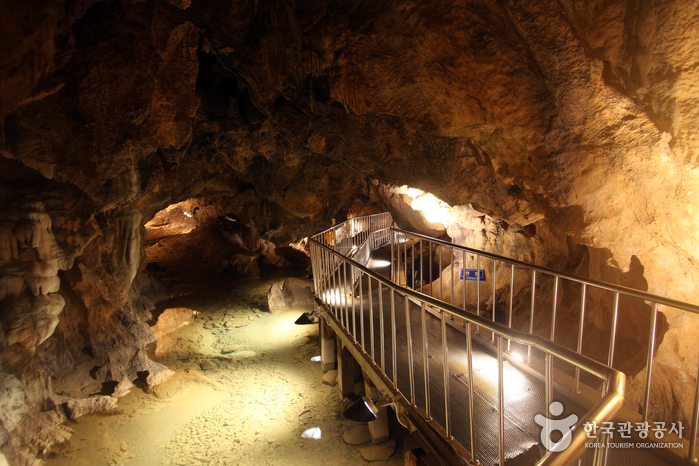
![JOGYUNDANG [Korea Quality] / 조견당[한국관광 품질인증]](http://tong.visitkorea.or.kr/cms/resource/33/2652633_image2_1.jpg)

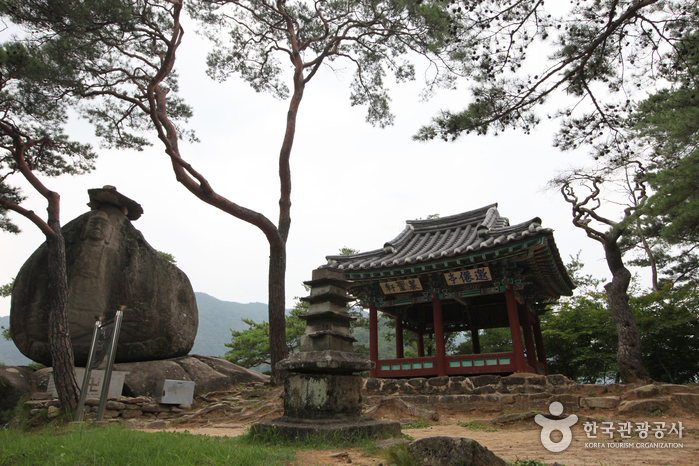
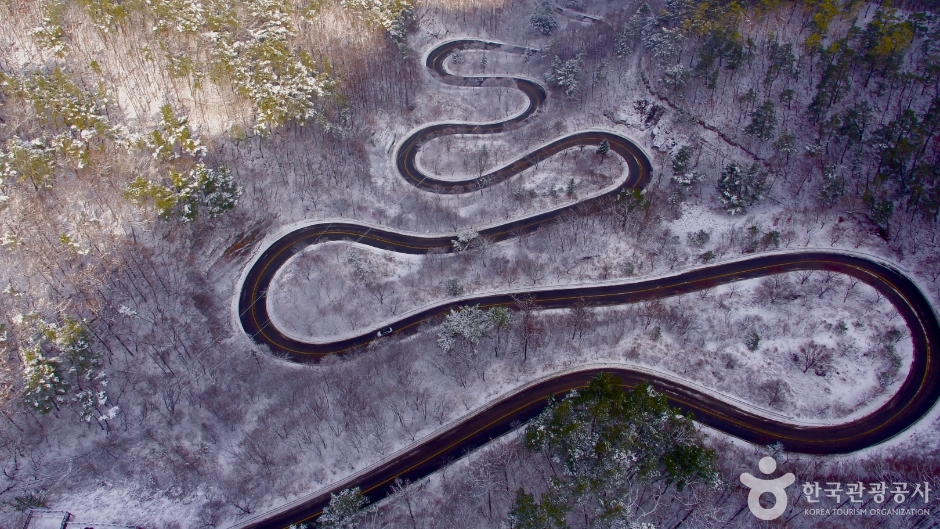
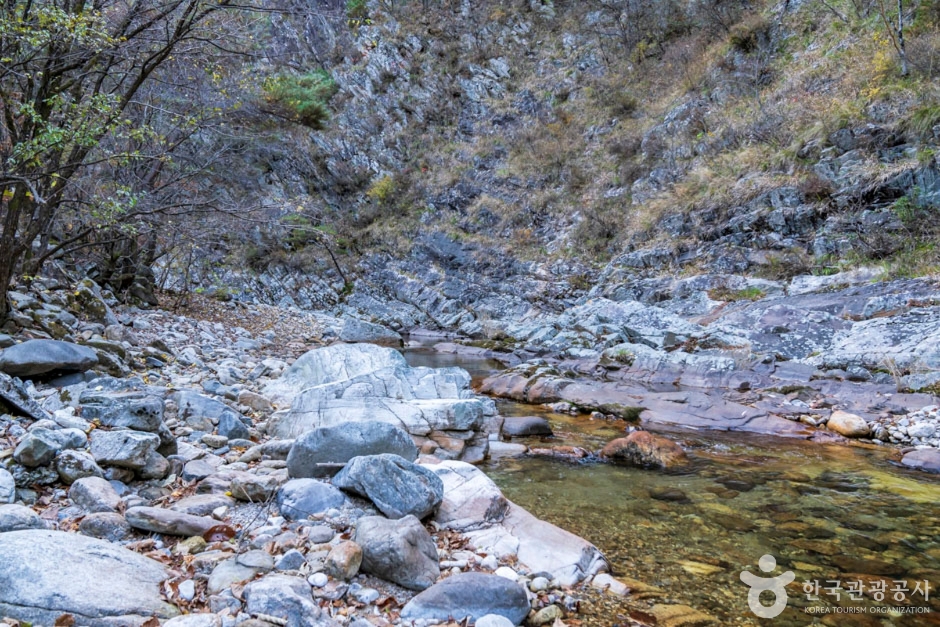
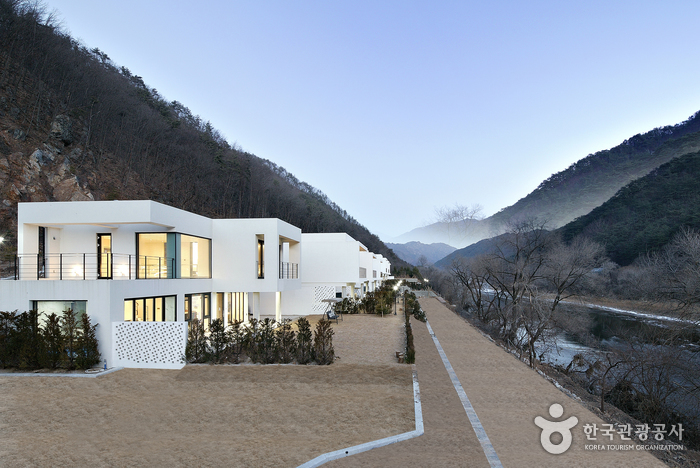
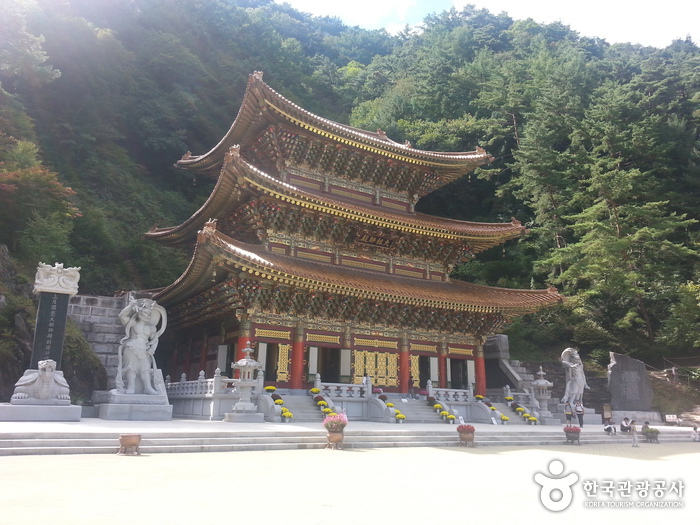

 English
English
 한국어
한국어 日本語
日本語 中文(简体)
中文(简体) Deutsch
Deutsch Français
Français Español
Español Русский
Русский